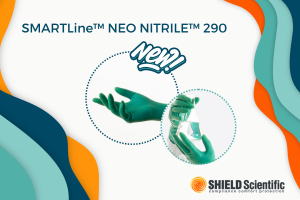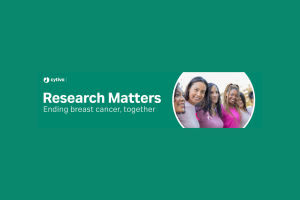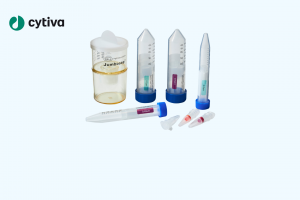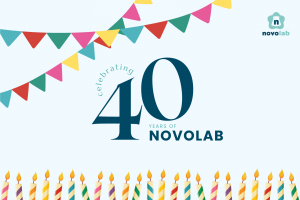Air disinfection and inactivation of SARS-CoV-2 with the UVR-Mi air recirculator of Biosan
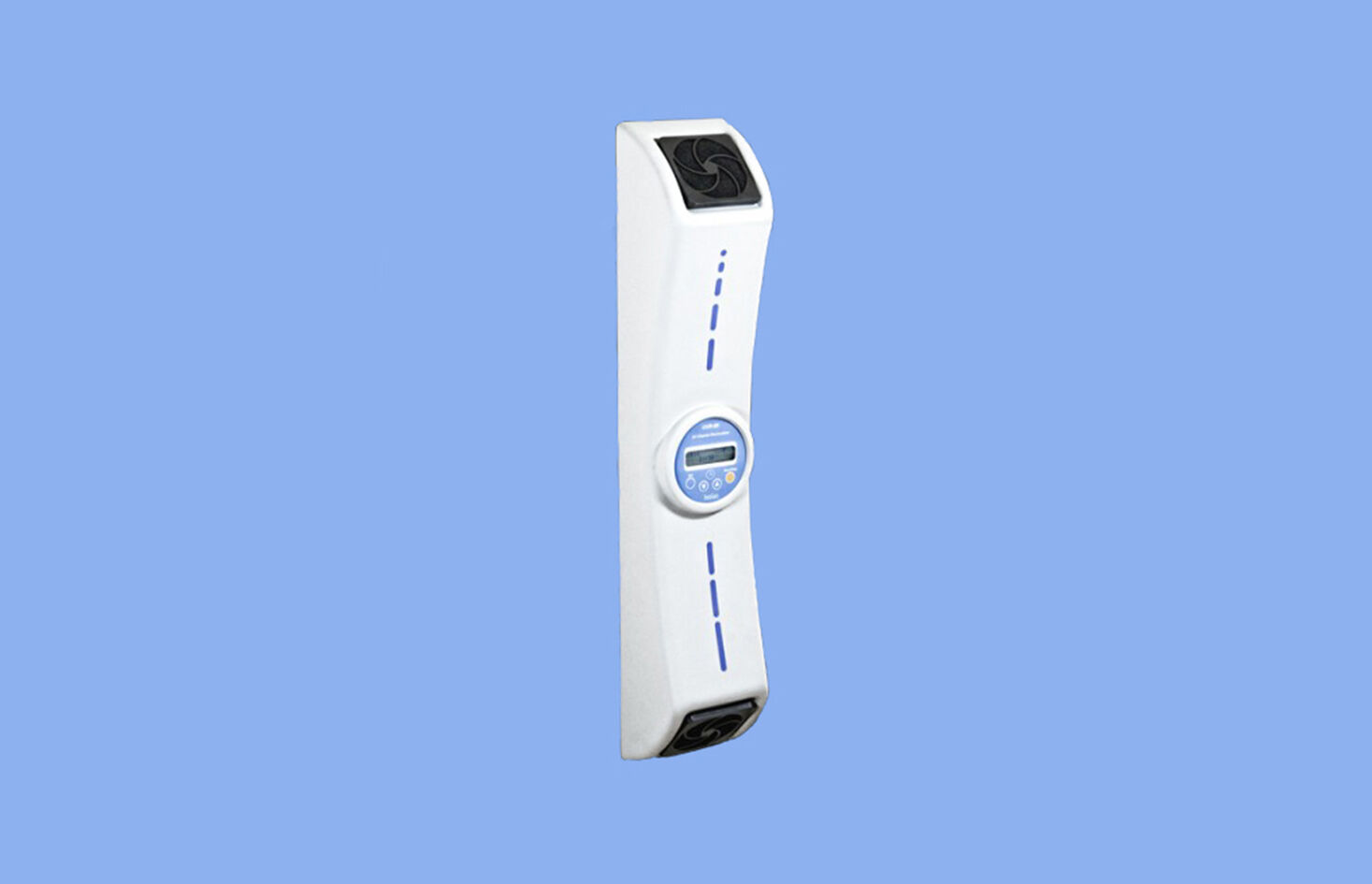
Now that normal life is resuming in more and more places worldwide, discussions about ventilation arise again in schools, companies and other indoor settings. Here and there, the use of Co2 meters has been recommended to check whether the indoor air is being refreshed enough to prevent the spread of Covid-19 through the air. Nevertheless, these meters only give an indication of the air quality, but cannot improve it.
In order to take not only preventive, but also repressive action against airborne diseases, Biosan has been producing devices that use UV light for disinfection since 2004. UV radiation kills bacteria, fungi and viruses without using harmful chemicals. Moreover, the user enjoys full protection against direct ultraviolet radiation. The air-decontaminating effect of ultraviolet light was discovered as early as the 19th century, as was the susceptibility of many airborne pathogens to it, such as tuberculosis and influenza viruses (Peisahovičs et al., 2021; McDevitt et al., 2012). A new windfall that came to light during recent research is the effectiveness of UV against the cause of the current pandemic, SARS-CoV-2.
Operation: UV-C waves versus virus structures
The UVR-Mi of Biosan consists of 2 UV lamps, a fan unit equipped with 2 interchangeable dust filters and a control unit, encapsulated in a recirculation chamber. The device ensures constant air circulation through the recirculation chamber and disinfects the air thanks to the germicidal UV lamps, resulting in maximum disinfection. During this process, UV-C waves with a wavelength between 200 and 280 nm are released, which are more effective than the other waves on the UV spectrum, such as UV-A (315-380 nm) and UV-B (280-315 nm) ) (Heßling et al., 2020). UV-C has the strongest antimicrobial and antiviral properties and damages pathogens by causing photochemical reactions that affect DNA and RNA structures (Heßling et al., 2020; Peisahovičs et al., 2021). Adjacent pyrimidine molecules form dimers and block the reproduction of microorganisms, causing the cells to die before the first division or in the early stages (Peisahovičs et al., 2021). The graph below illustrates the sensitivity of fungi, yeast, vegetative bacteria and viruses to the UV radiation of the UVR-Mi.
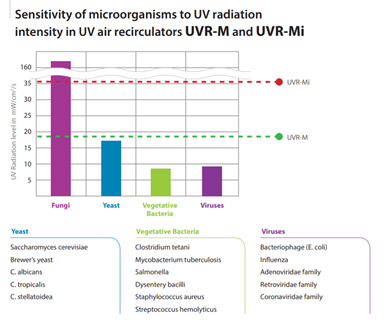
Figure 1: Sensitivity of microorganisms to UV radiation intensity in UV air recirculators UVR-M en UVR-Mi. Bankovsky, V. (2020) in UVR-M and UVR-Mi, UV Air Recirculators Test Report. R&D laboratory Biosan & RSU Institute of Microbiology and Virology, Latvia, pp. 1-4.
Furthermore, the performance of the UVR-Mi of Biosan is optimized by the inner chamber walls of the recirculation chamber, which are covered with a reflective surface to reflect UV-C rays (Peisahovičs et al., 2021). This increases the density of the UV-C rays, which enhances the disinfection effect. The UV intensity, however, also depends on another important parameter, notably the distance from the UV source: the greater this distance, the lower the UV intensity. This causal link is shown in the graph below.
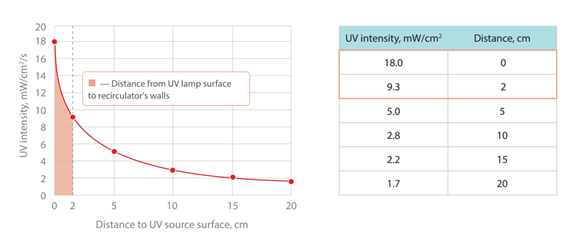
Figure 2: UV intensity relative to the distance of the UV source. Bankovsky, V. (2020) in UVR-M and UVR-Mi, UV Air Recirculators Test Report. R&D laboratory Biosan & RSU Institute of Microbiology and Virology, Latvia, pp. 1-4.
For which areas, then, is the UVR-Mi suitable? A lot depends on the presence or absence of ventilation in the room. Air decontamination is more effective in an unventilated room, because air conditioning disrupts the air circulation of the device (Peisahovičs al., 2021). This is clearly visible in figure 3, because the range of the device is twice as large in a room without ventilation (18 m2) compared to a room with ventilation (9 m2). The scope can be increased by purchasing several devices, which is a better solution than increasing the fan power or the intensity of the UV lamps. The latter would result in more noise and higher energy consumption (Peisahovičs et al., 2021).

Figure 3: Effective volume of room decontamination by UVR-M and UVR-Mi UV-cleaners recirculators. Peisahovičs, F. (2021) in Germicidal and Antiviral decontamination of air by UV irradiation and UV recirculator method. Biosan, Latvia, pp. 1-8.
Lastly, relative humidity also plays an important role in the functioning of the UVR-Mi, as it influences UV adsorption (Peisahovičs et al., 2021). Ideally, the air recirculator is used in a cool and dry room or closed laboratory area (ambient temperature: +4°C - +40°C) with a maximum relative humidity of 80% for temperatures up to 31°C. This is the case because microbial inactivation is inversely proportional to relative humidity: the higher the latter, the less efficient the inactivation by the UV rays.
Effectiveness of UV-C against SARS-CoV-2
UV air recirculators have already proven their usefulness against airborne diseases, including flu viruses. Therefore, the UVR-Mi is ideal for disinfecting the air and equipment or surfaces in research laboratories and medical environments, such as operating rooms, emergency rooms and delivery rooms in hospitals (Heilingloh et al., 2020).
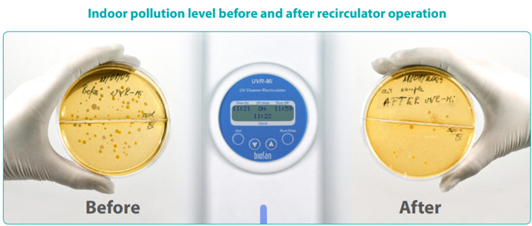
Figure 4: Air contamination before and after short-term recirculator UVR-Mi operation. Peisahovičs, F. (2021) in Germicidal and Antiviral decontamination of air by UV irradiation and UV recirculator method. Biosan, Latvia, pp. 1-8.
Moreover, previous reports have demonstrated that coronaviruses such as SARS-CoV-1 (SARS virus) are susceptible to UV-C radiation (Heilingloh et al., 2020). Since all coronaviruses consist of a similar single-stranded RNA structure, it was presumed that the disinfecting effect of the UV-C waves on them must also be similar (Heßling et al., 2021). This line of thought led researchers to figure out whether ultraviolet light is also effective against SARS-CoV-2.
Although studies are still in the early stages, they have already generated promising results. These show that SARS-CoV-2, which has the world in its grip for two years already, is very sensitive to UV radiation (Heilingloh et al., 2020). Nevertheless, the effectiveness depends on the virus concentration and the UV-C dose, about which there is currently some disagreement (Bianco et al., 2021; Heßling et al., 2021).
The study by Martin Heßling (2021) and his co-researchers from the German research institute IMM (Institute of Medical Engineering and Mechatronics) is based on previous research on other coronaviruses. They propose a dose with an upper limit of 10.6 mJ/cm2 (median), but suspect that only 3.7 mJ/cm2 is sufficient to eliminate 99.9% of the microorganisms. The latter is confirmed by a series of experiments by Bianco et al. (2021). They tested the effect of UV-C waves with a wavelength of 254 nm for three different doses (3.7, 16.9 and 84.4 mJ/cm2) on three different virus concentrations (0.05, 5 and 1000 MOI). This unmistakably showed the effect of UV-C on SARS-CoV-2. At the lowest virus concentrations, which are comparable to minor contamination observed in closed environments such as hospital rooms (0.05 MOI) and the average concentration in the sputum of a Covid-19 patient (5 MOI), a dose of only 3.7 mJ/cm2 sufficed to completely inactivate the virus. Even at the highest virus concentration, which is equivalent to the amount measured in a terminal Covid-19 patient, a dose of less than 16.9 mJ/cm2 was enough to put an end to virus multiplication.
Christiane S. Heilingloh (2020) and her fellow scientists at the West German Centre for Infectious Diseases conclude from this that UV-C irradiation is a reliable method for disinfection purposes. Therefore, the UVR-Mi of Biosan acts as an absolute surplus value to limit virus transmission, both in the medical context in healthcare institutions or in Covid-19 research laboratories, as well as in schools or companies.
Watch on YouTube how the UVR-Mi works
For more information about the UVR-Mi, you can always contact our employees. Novolab is happy to help you!
Reference list
- Bianco, A., Biasin, M., Pareschi, G., Cavalieri, A., Cavatorta, C., Fenizia, C., Galli, P., Lessio, L., Lualdi, M., Redaelli, E., Saulle, I., Trabattoni, D., Zanutta, A. & Clerici, M. (2021). UV-C Irradiation is Highly Effective in Inactivating and Inhibiting SARS-CoV-2 Replication. Scientific Reports11(1), 1-9. https://doi.org/10.1038/s41598-021-85425-w.
- Heilingloh, C. S., Aufderhorst, U. W., Schipper, L. Dittmer, U., Witzke, O., Yang, D., Zheng, X, Sutter, K. Trilling, M., Alt, M., Steinmann, E. & Krawcyzk, A. (2020). Susceptibility of SARS-CoV-2 to UV Irradiation. American Journal of Infection Control, 48(10), 1-3. Doi: 1016/j.ajic.2020.07.031.
- Heßling, M., Hönes, K., Vatter, P. & Lingenfelder, C. (2020). Ultraviolet Irridation Doses for Coronavirus Inactivation – Review and Analysis of Coronavirus Photoinactivation Studies. GMS Hygiene and Infection Control, 15, 1-8. Doi: 10.3205/dgkh000343.
- McDevitt, J. J., Rudnick, S. N., Radonovich, L. J. (2012). Aerosol Susceptibility of Influenza Virus to UV-C Light. Applied and Environmental Microbiology, 78(6), 1666-1669. Doi: 10.1128/AEM.06960-11.
- Peisahovičs, F., Bankovska, S., Konstantinovs, A., Bakovskis, P., Gaivoronskis, A., Kānberga-Siliņa, K., Kigitovičs, A. & Bankovskis, V. (2021). Germidical Antiviral Decontamination of Air by UV Irradation and UV Recirculator Method. Biosan.
